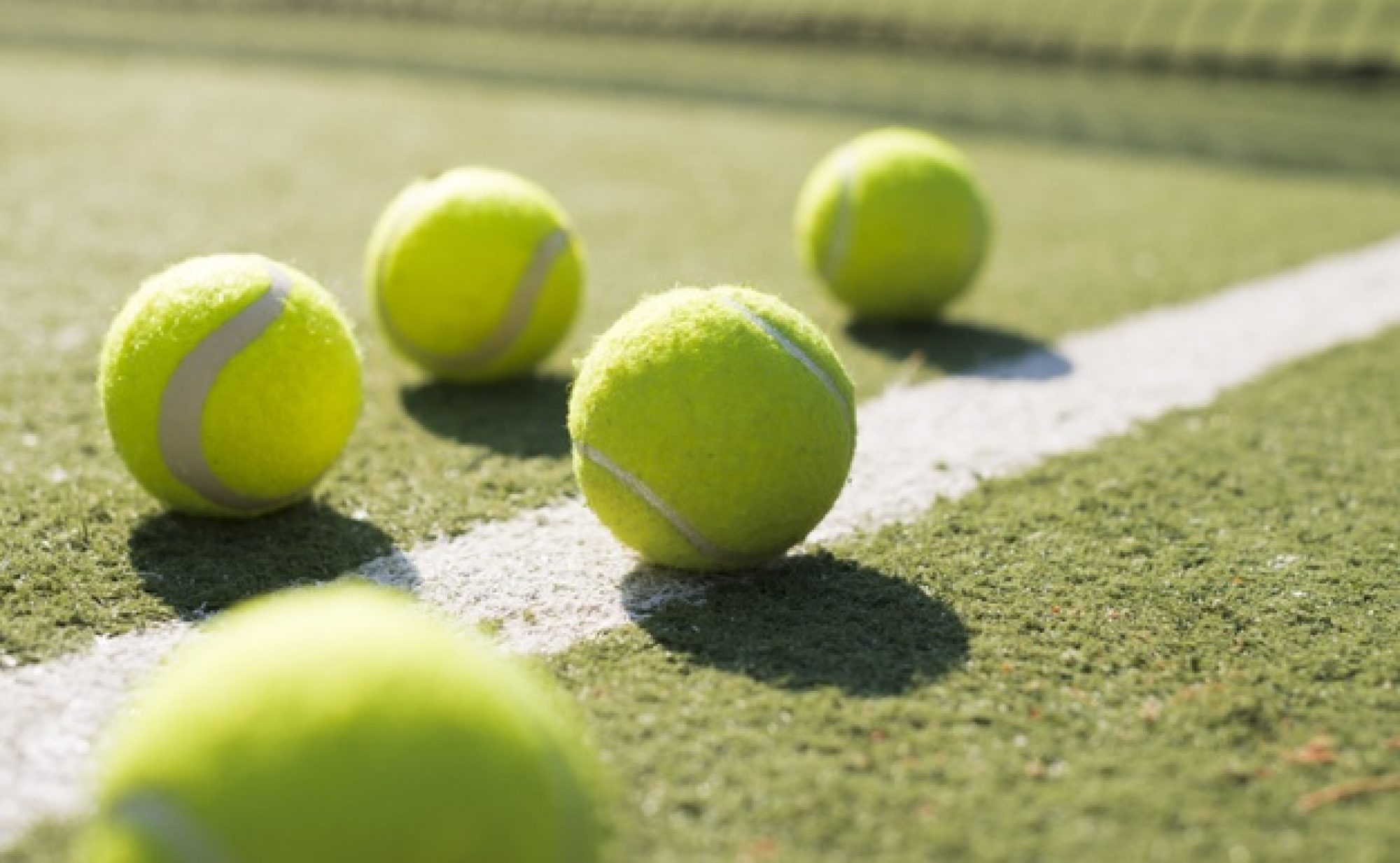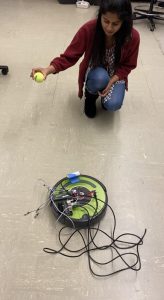This week, we performed the integration of the hardware and software components of the robot. We wired together all of the electrical components and attached it onto the robot. To attach it to the robot, we designed a roof for the robot and attached the roof to on top of the ramp. After attaching all the components onto the robot and fixing a position for the camera, we were finally ready to do our integration test. After much difficulty we were able to integrate the hardware with the software. Some of the issues that we ran into include the wifi taking up too much power from the robot. When we ran the program, the robot kept getting disconnected from the program because of wifi issues. To mitigate this, we found that running the program in the background ensured that even if the wifi gets disconnected, the BallBot will continue executing the program. We also ensured that the jetson would no longer need to be connected to a display in order for it to be booted and start running. After resolving these issues, we were able to successfully test our robot. See video below!
Some things I noticed when doing this integration test is that we need a way to detect or set boundaries for the robot. For example, the robot needs to know where the fence of the tennis courts is located so that it can turn accordingly. Ideally, we should have used the iRobot sensors for this. However, the ramp unfortunately covers any sensor that we could have used so we have to come up with another way to do this. I will be working on making these improvements to the software this week.
Additionally, in order to brand our robot and give it a makeover, I designed and drew a logo as well as painted the robot. The paint not only makes the robot look good, but due to the wood finish that we added on top, it will also protect the wood from water damage.




















